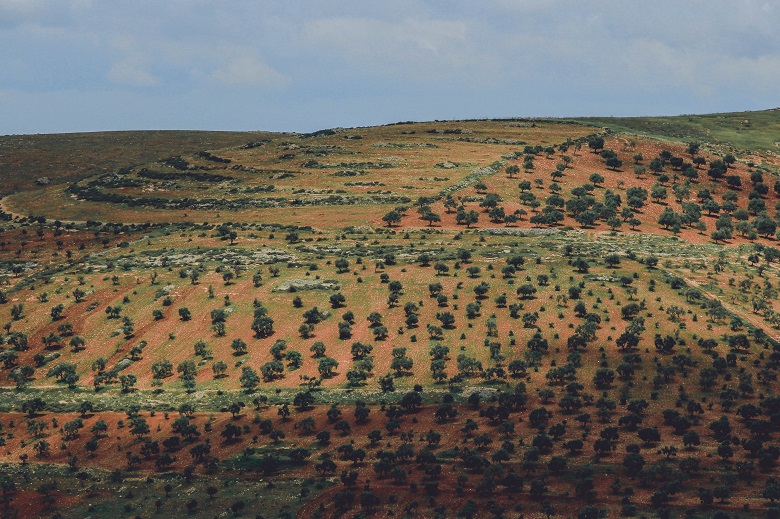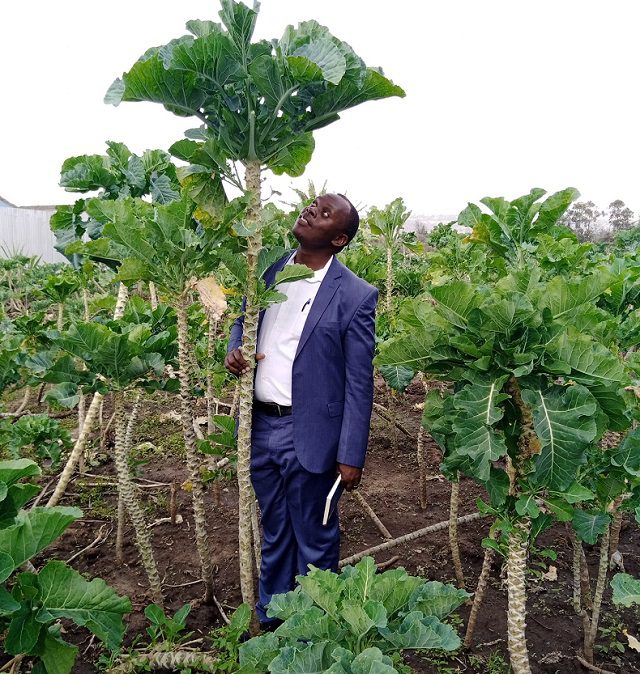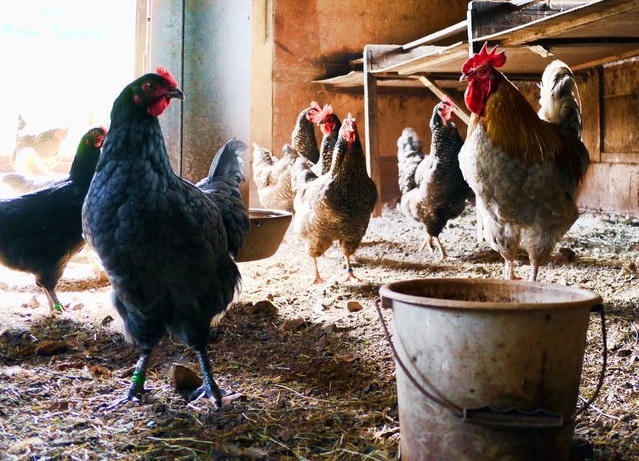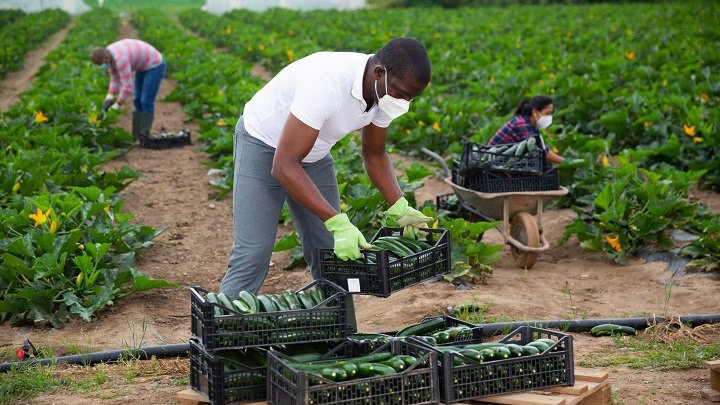In this blog post, we will explore the causes and effects of droughts in Kenya. We will also discuss best ways to combat them easily.
Kenyans know firsthand the devastating impacts of droughts. From crop failures and food shortages to water scarcity and livestock losses, the effects of droughts can be widespread and long-lasting. While droughts can be caused by a variety of factors, including natural climate cycles and human activities, there are steps that individuals can take to prepare for and mitigate their impact. We believe by taking proactive steps to address droughts, Kenya can build a more resilient and sustainable future. Finally, you will have practical advice on what you can do to protect yourself and your community during the times of drought.
Effects of droughts in Kenya:
Overall, the effects of droughts in Kenya can be far-reaching and long-lasting. This has significant impacts on the well-being of individuals, communities, and the economy as a whole. Some of the worst effects include
- Food and Water Scarcity: Droughts in Kenya lead to crop failures, livestock deaths, and water shortages. This makes it difficult for people to access enough food and water to meet their basic needs. The worst effects are for pastoral community residents living in the Arid & Semi Arid areas.
- Economic Hardship: Droughts can cause significant economic hardship, particularly in rural areas where agriculture is a major source of income. Farmers may lose their crops and livestock, and businesses that rely on agricultural production may struggle to survive.
- Health Issues: Droughts can also have a negative impact on public health, as water scarcity can lead to poor sanitation and hygiene practices, increasing the risk of waterborne diseases. In addition, malnutrition caused by food shortages can lead to a range of health problems.
- Migration and Conflict: Droughts can also lead to migration and conflict, as people are forced to move in search of food and water. This can create tensions between herding and farming communities and exacerbate existing political and social issues.
What Causes droughts In Kenya?
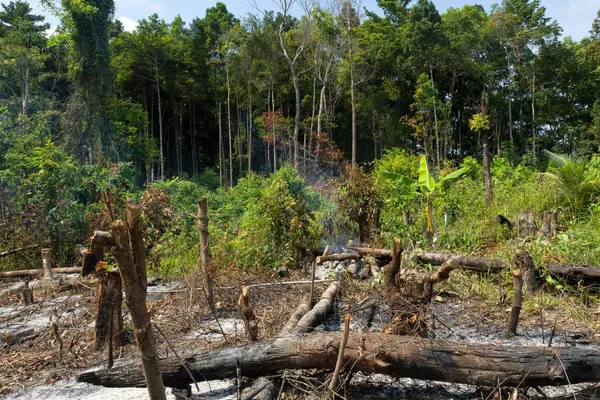
Droughts are often caused by a combination of factors and can be difficult to predict. Droughts can be caused by a variety of factors, including natural climate cycles, human activities, and weather patterns. Some of the common causes of droughts include:
- Climate cycles: Droughts can be caused by natural climate cycles such as El Niño and La Niña. These cycles affect global weather patterns and can lead to extended periods of dry weather in certain regions followed by floods.
- Weather patterns: Changes in weather patterns can also contribute to droughts. For example, a lack of rainfall during the rainy season can lead to water shortages and drought conditions.
- Human activities: Human activities, such as deforestation, overuse of groundwater, and land use changes, can also contribute to droughts. Deforestation can reduce the amount of moisture in the air, while overuse of groundwater can lead to depleted aquifers.
- Climate change: Climate change is also contributing to more frequent and severe droughts in many parts of the world. Rising temperatures and changing rainfall patterns can disrupt ecosystems and lead to water shortages.
- Desertification; loss of vegetation reduces the soil’s ability to retain moisture and nutrients. This can cause the soil to become even drier and less productive, which can make it difficult for farmers and communities to sustain themselves during times of drought.
It’s important to note that However, by understanding the various causes of droughts, we can work to implement strategies to mitigate their impact and reduce their frequency in the future
Best Ways to deal with droughts in Kenya
Drought is a recurrent challenge in Kenya, particularly in arid and semi-arid areas that are heavily dependent on rain-fed agriculture. The effects of drought can be devastating, leading to crop failure, loss of livestock, and food insecurity. While there is no one-size-fits-all solution to drought, there are several strategies that can help Kenya deal with this challenge permanently.
Water management
Effective water management is crucial for dealing with drought.
This includes increasing water storage capacity through the construction of dams and other water harvesting infrastructure, as well as promoting more efficient water use through drip irrigation and other techniques. Kenya’s government, through the National Irrigation Board, has been building dams in various parts of the country to increase water storage capacity.
Private companies have also been investing in water storage, such as the Sand Dam project in Ukambani, which provides water for domestic use and irrigation.
Diversify agriculture
Kenya’s reliance on rain-fed agriculture makes it particularly vulnerable to drought. By diversifying agriculture and promoting alternative crops that are more drought-resistant, such as sorghum and millet, farmers can reduce their vulnerability to drought and ensure a more stable income. The government has been promoting the cultivation of drought-resistant crops through the National Drought Management Authority.
Climate-smart agriculture
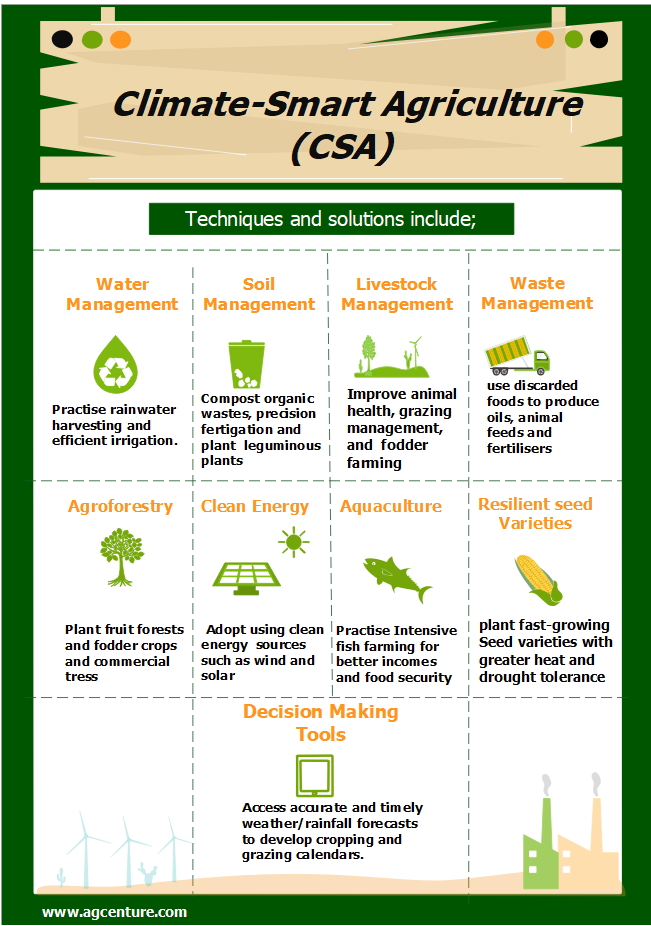
Climate-smart agriculture is an approach that combines sustainable land management practices with climate adaptation and mitigation strategies. By promoting practices such as agroforestry, conservation agriculture, and improved soil health, farmers can build resilience to drought and reduce their greenhouse gas emissions. Kenya’s government has been promoting climate-smart agriculture through various programs, such as the Kenya Climate-Smart Agriculture Project.
Renewable energy
Renewable energy, such as solar and wind power, can help reduce Kenya’s reliance on fossil fuels and promote sustainable development. By investing in renewable energy infrastructure, Kenya can reduce greenhouse gas emissions and promote more sustainable development, which can help reduce the impacts of drought. Kenya has been investing heavily in renewable energy, with the aim of achieving 100% renewable energy by 2030.
Early warning systems
Early warning systems can help communities prepare for drought by providing timely information on weather patterns and other factors that may contribute to drought. Strengthening these systems and ensuring that they are accessible to all communities can help mitigate the impacts of drought. Kenya has been working to strengthen its early warning systems, such as through the establishment of the National Drought Management Authority.
Cross-sectoral collaboration
Dealing with drought requires a coordinated effort across different sectors, including agriculture, water, energy, and disaster management. Strengthening collaboration between these sectors can help ensure a more integrated approach to addressing drought and building resilience. Kenya has been promoting cross-sectoral collaboration through various initiatives, such as the National Drought Management Authority and the National Climate Change Action Plan.
Drought response measures
While permanent solutions are essential, Kenya also needs effective drought response measures to mitigate the impacts of drought when it occurs. This includes providing emergency relief to affected communities, such as food aid and water trucking, as well as promoting social safety nets and resilience-building programs. Kenya’s government has been implementing various drought response measures, such as the Hunger Safety Net Program and the Kenya Livestock Insurance Program.
How can you deal with drought challenges at home or farm?
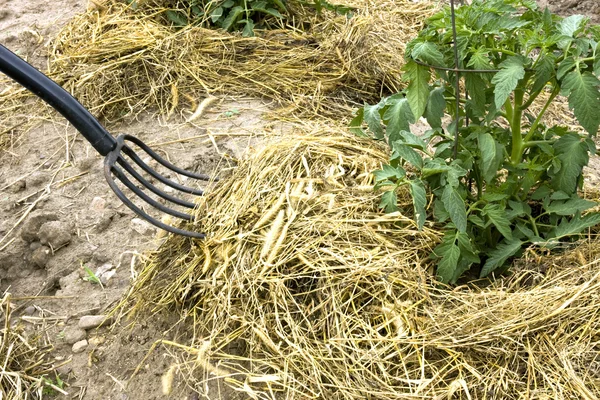
While the impact of drought on a national scale can seem overwhelming, there are many things individuals can do at home to help address the issue of water scarcity and mitigate the effects of drought. Here are some easy ways to conserve water and help solve drought challenges for you:
- Harvest rainwater: Set up rain barrels or other water collection systems such as water pans, plastic tanks etc to collect rainwater that can be used for watering plants or other non-potable uses.
- Tree Planting: By planting more trees, we can help to mitigate the impacts of droughts and create more sustainable and resilient ecosystems for future generations.
- Plant drought-resistant plants: Choose plants that are adapted to dry conditions and require less water. This can help reduce the amount of water needed for irrigation. Examples are sorghum, millet and Katumani maize variety.
- Mulch your garden: Mulching your garden can help reduce water loss through evaporation and keep your soil moist for longer periods.
- Fix leaky faucets and pipes: Leaky pipes and faucets waste a lot of water over time, and fixing them can significantly reduce your water usage.
- Install low-flow shower-heads and toilets: Low-flow shower heads and toilets use less water than traditional fixtures, which can help reduce your overall water usage.
- Use water-efficient appliances: Upgrade to water-efficient appliances such as dishwashers and washing machines, which use less water per cycle.
- Time your irrigation: Water your plants in the early morning or late evening when temperatures are cooler, and less water is lost through evaporation.
- Don’t over-water crops: Over-watering plants can be wasteful and lead to water logging, which can damage plants. Only water plants when they need it, and adjust watering frequency based on the weather.
By taking these simple steps, individuals can help conserve water and reduce their water usage, which can contribute to solving drought challenges. While these measures may seem small, collective action can have a significant impact on water conservation and help mitigate the effects of drought on a local scale.
Conclusion
Dealing with drought permanently requires a combination of short-term and long-term solutions. By improving water management, diversifying agriculture, promoting climate-smart agriculture, strengthening early warning systems, investing in renewable energy, implementing effective drought response measures, and strengthening cross-sectoral collaboration, Kenya can build resilience to drought and promote sustainable development. This will not only help reduce the impacts of drought but also ensure that Kenya’s communities have access to the resources they need to thrive, regardless of the weather conditions.
Did you Like the Post? Let us know below
Agcenture.com is your best agriculture, food & health blog.
Thank you for following us on Facebook, Twitter (X), LinkedIn, YouTube, and WhatsApp @ Agcenture for the latest updates.
